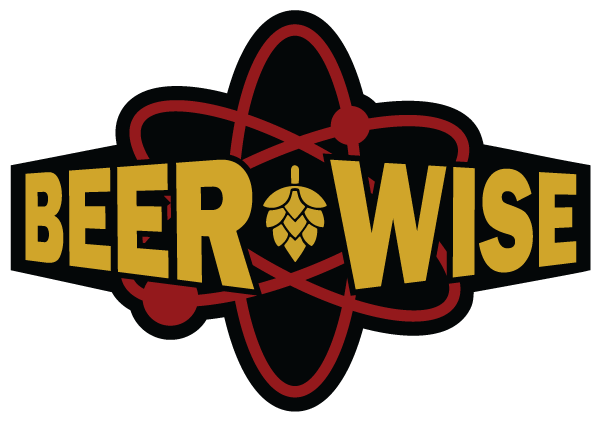Rule Number One
When seeking out the most flavorful beer, there is one rule that cannot be stressed enough when hunting beer: Always always always CHECK THE DATE on the beer.
MOST (not all) beers have the date stamped on them somewhere. First, check to see if it is printed on the bottom of the can. If the date is not there, then check to see if there is a small paper sticker on the top of the plastic rings holding the beer together. If the date isn’t stamped there, see if the beer has it printed along the outside edge of the bottom. If the date is not stamped there, check the paper box that the beer came in. If the date is nowhere to be seen, it’s possible that the ink rubbed off or the beer was not stamped. In that case, the best hope is to make an educated guess based on the beer’s location in the store (new, seasonal, and limited beers usually have their own section) and the amount of dust its carrying.
Why are dates important on beer?
First, a story:
Once, when shopping for beer, I was in a large chain store and found a can of a Mexican lager from a nationally-distributed brewery. I checked the date on the can, and the month and day were only three days ago, so I was psyched to catch such a fresh batch. I paid for the beer and excitedly brought it home.
I opened the beer and expected bright flavors and was excited to drink it. Instead, I was greeted by some oxidated and very muddled aromas and flavors. I was puzzled, but upon further examination of the can, I realized that I had missed the year. Instead of buying a newly-canned beaut of a beer, I had a wizened old shelf beer that had just passed a birthday.
Lesson learned.
Why is it always a good idea to check the date on beer?
The reasoning is threefold:
To get a full picture of the beer in question. Is this a bright-eyed, young beer - crisp and new? Or has this beer been around the block and seen some stuff?
Depending on the style, should it be returned to the shelf? Or should it be bought with haste? If the style ages well, sometimes happening into a beer store that has generously cellared the beer for you is a great thing. I have been lucky enough to stumble across some nicely-aged beers that are peaking. Other times, the store has politely aged the IPAs on the shelf by a factor of years, and maybe the best idea is to only purchase high-rotation beers with good dates on them.
Information about the bar/ restaurant/ beer store being shopped. Does this store check its dates and rotate in and out? In a perfect world, the brewer, distributor, and retailer make a trifecta of interested parties trying to scour all the beer available and keep it super fresh. In reality many breweries and distributors are stretched and don’t rotate beer as often as they mean to. Some beer slips through the cracks, and the best defense against buy beer beyond its freshness window is to check the dates on the cans or bottles. It’s also worth pointing out that there are bottle shops and bars/ pubs that will devote significant attention and expense to keeping beer fresh, selling off beers close to the end of their freshness windows.
No matter the reason, or what beer you’re seeking out – forewarned is forearmed. It’s best to know when your beer was packaged to avoid any snafus about enjoying beer that is beyond the peak of freshness.
